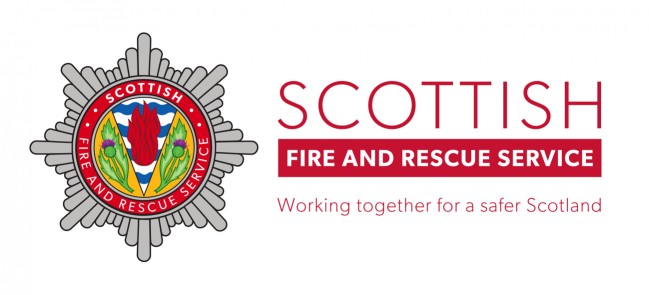
Safety features installed in new student accommodation at the University of Stirling have been praised by the Scottish Fire and Rescue Service.
Earlier this month students moved into new blocks at Willow Court and Alexander Court on the University’s Stirling campus.
The buildings – part of a three-year, £38 million project to replace 40 per cent of the University’s total residential accommodation – include a number of security and safety features, including:
- fire sprinklers;
- door entry systems;
- hob cut-off switches in kitchens;
- kitchen door alarms;
- a four-head fire detection system;
- disabled alarm systems; and
- evacuation lifts.
Danny Lake, the Station Manager at Stirling Fire Station, said: “We have worked closely with the University estates department, University fire officer, building standards and the architect for the project from the beginning.
“This partnership approach, from the early design stage, allowed all the partners views to be taken into account.”
He said he was particularly pleased to see sprinklers installed in the new blocks. “There is clear evidence that sprinklers can be effective in the rapid suppression of fires.”
John Galsworthy, the Fire Officer and Assistant Safety Adviser at the University of Stirling, said: “Student safety is of paramount importance to us. In designing these buildings, we wanted to provide high-quality and comfortable accommodation, incorporating a range of features to protect student residents.
“We were pleased to be able to work with the Scottish Fire and Rescue Service on this project and valued the input from the Service.
“Students started moving into the blocks in September and the response to the new residences has been incredibly positive. We’re glad the Fire Service is equally enthusiastic about what we’ve delivered here at Stirling.”
The Scottish Fire and Rescue Service is happy to advise businesses and organisations planning new accommodation and offices.
Station Manager Lake said: “We want to raise awareness and to encourage the inclusion of sprinklers in all buildings where there is a risk based case for doing so. Businesses, developers and home owners or landlords in the local area should contact us at Stirling Fire Station or Fire Service Headquarters in Perth for any further information or assistance relating to fire safety and the installation of domestic, residential or commercial sprinkler systems.”
You can call Stirling Fire Station on 01786 472223 or the Fire Service HQ in Perth on 01738 475260.
** The student residences project at the University of Stirling will be completed by 2015 and will replace 40 per cent of the University’s total residential accommodation, providing a total of 788 contemporary bedrooms over four locations. The three-year project is costing in the region of £38 million and is being funded by the University. The first properties were unveiled this year (2013), with further blocks becoming operational in 2014 and 2015.
Whilst the priority is student use, the accommodation will also house conferences and events during the summer. By delivering the project in phases, overall bed numbers at the University will remain consistent throughout the duration.
FIRE SAFETY
The Scottish Fire and Rescue Service provides useful advice to householders and businesses on its website: www.firescotland.gov.uk
It says sprinklers, like the ones installed by the University of Stirling, can:
- reduce death and injury from fire;
- reduce the risks to firefighters;
- protect property and heritage;
- reduce the effects of arson;
- reduce the environmental impact of fire;
- reduce fire costs and the disruption to the community and business; and
- permit design freedoms and encourage innovative, inclusive and sustainable architecture
Losses from fires in buildings protected with sprinklers are estimated to be 1/10 of those in unprotected buildings. In buildings fully protected by sprinklers: 99 per cent of fires were controlled by sprinklers alone and 60 per cent of fires were controlled by the spray from no more than 4 sprinklers (Source: European statistics over 10 year period.)
Sprinklers have also been used as a compensating feature in developments where the Building Regulations cannot be complied with in respect of means of escape or access for the Fire Service. Some projects have even reported that providing sprinklers has resulted in a cost saving where the building authority has permitted trade-offs in respect of means of escape facilities.
